The second biennial arranged by Helsinki Art Museum (HAM) took place between June-September this year with its main venue being on Vallisaari Island. I didn’t have an opportunity to attend the inaugural exhibition so I looked forward to being in Finland when the second one was happening.

The Biennial is divided between Vallisaari and Helsinki Art Museum with a few other installations scattered around the city centre. The outdoor island exhibition is free to view as visitors just need to buy boat tickets for the 20 minute journey which departs from next to the tourist office in the market place. Details of ferry crossings can be found here.
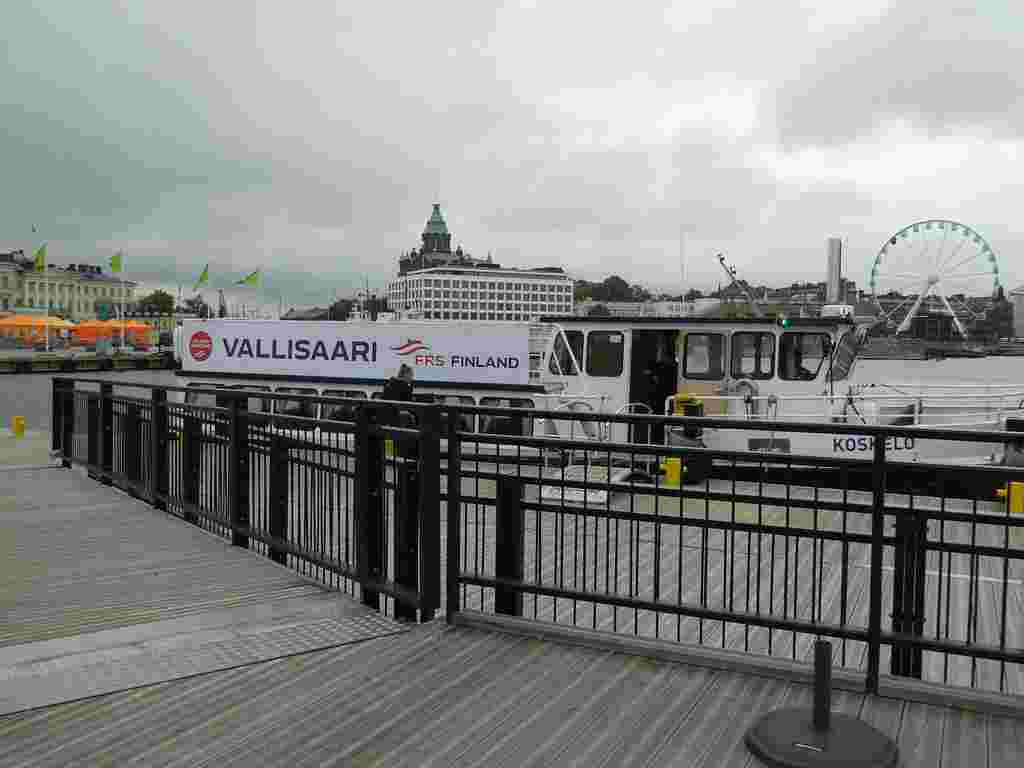
On arrival at Vallisaari visitors are greeted with a sign explaining the year’s theme which was entitled “New Directions May Emerge”.
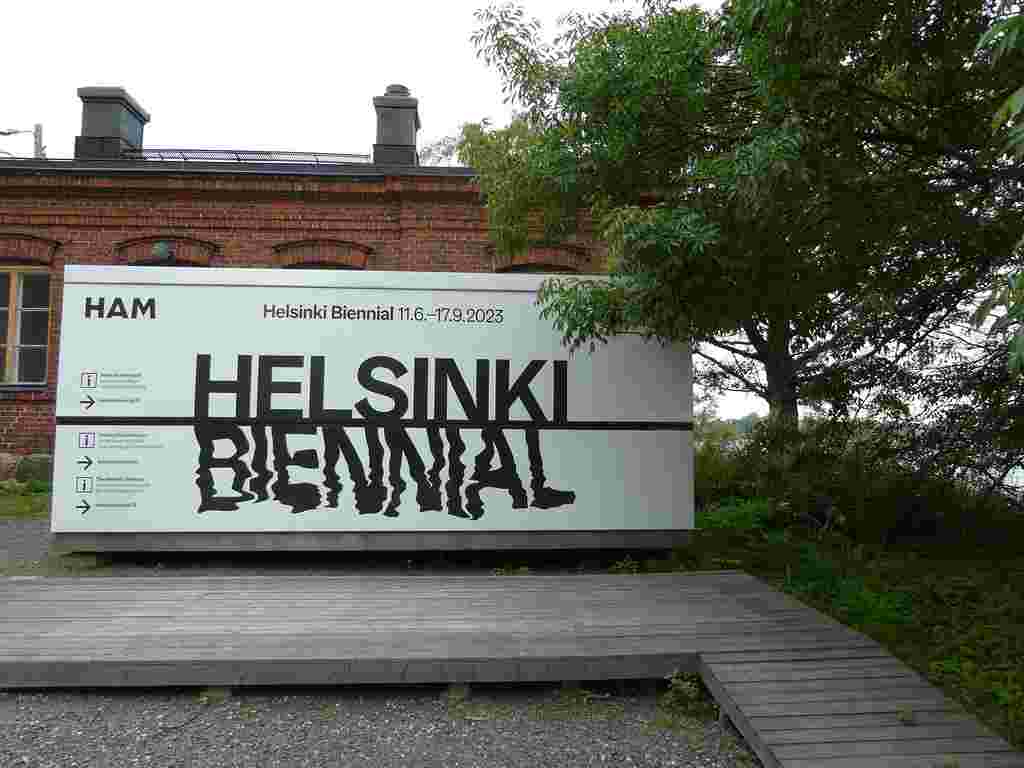
The exhibition curator Jiadia Krysa summarised the Biennial with a quote from the American anthropologist Anna Lowenhaupt Tsing: “As contamination changes work making projects, mutual worlds – and new directions may emerge”, highlighting the ongoing issue of sustainability.
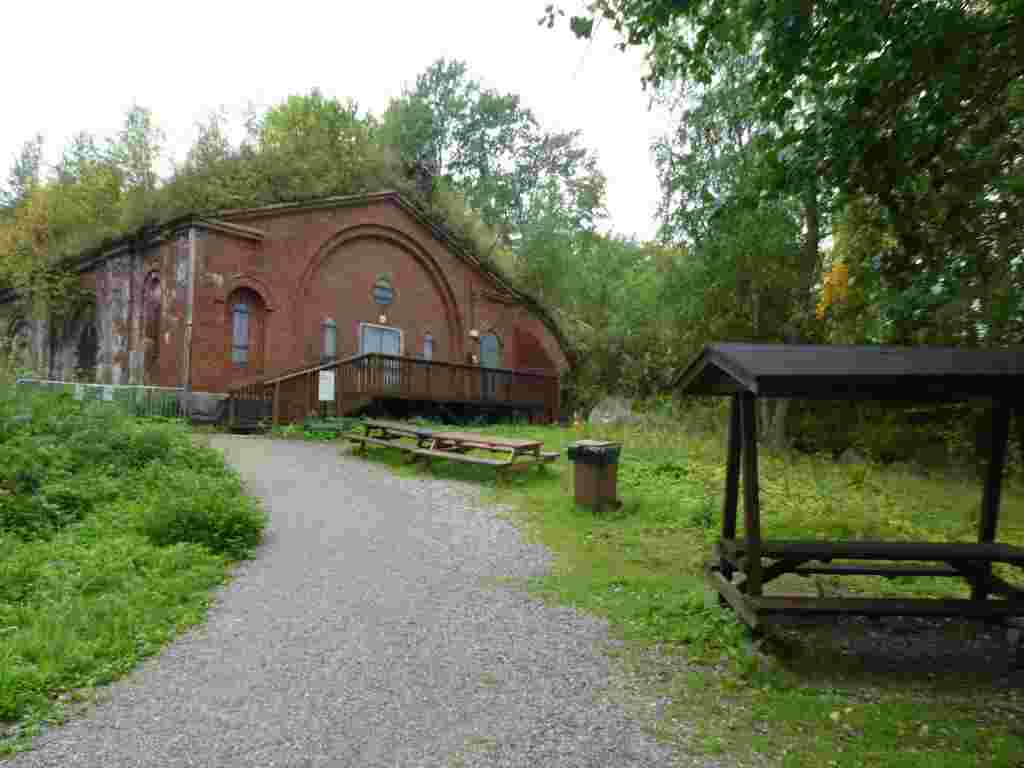
Vallisaari has a proud military history dating back hundreds of years. The first fortifications on the island were built in the 17th century at the time when Finland was part of Sweden. The construction of the fortifications were most active during the Russian reign and after Finland gained its independence Vallisaari became a base for the Finnish Defence Forces.
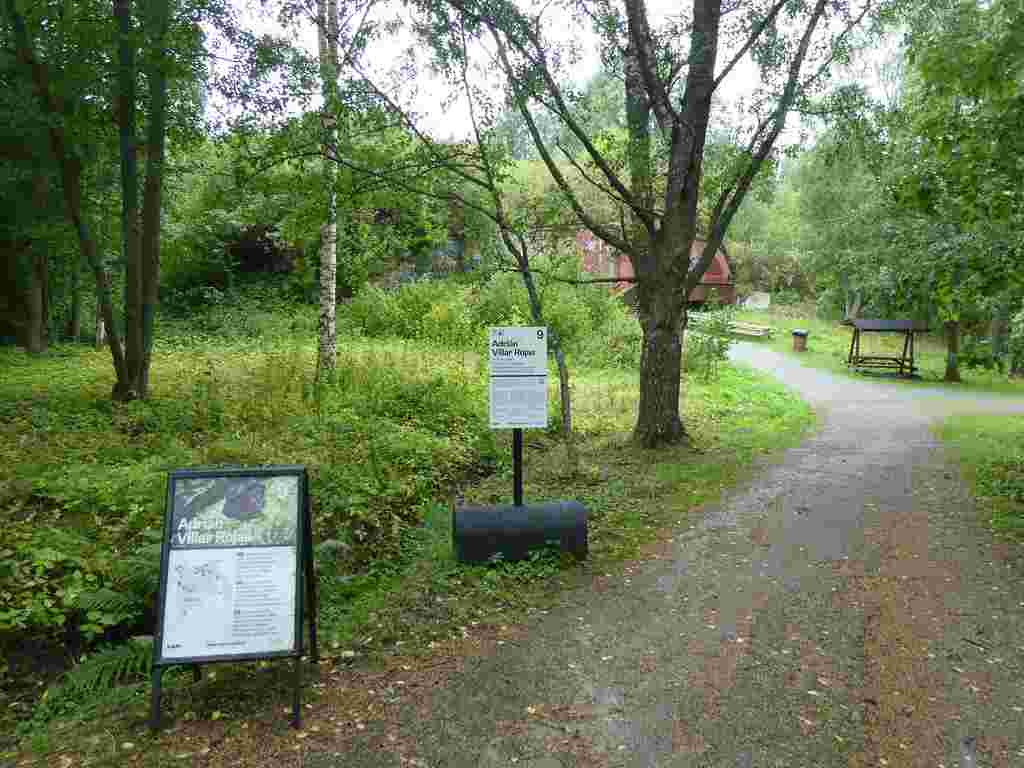
The island is totally unspoilt as it has only been accessible to the public since 2016. Being abandoned for so long there are an abundance of wildflowers along with rare species of moss and lichen. Visitors are requested to stay on the paths so as not to disturb the natural habitat.
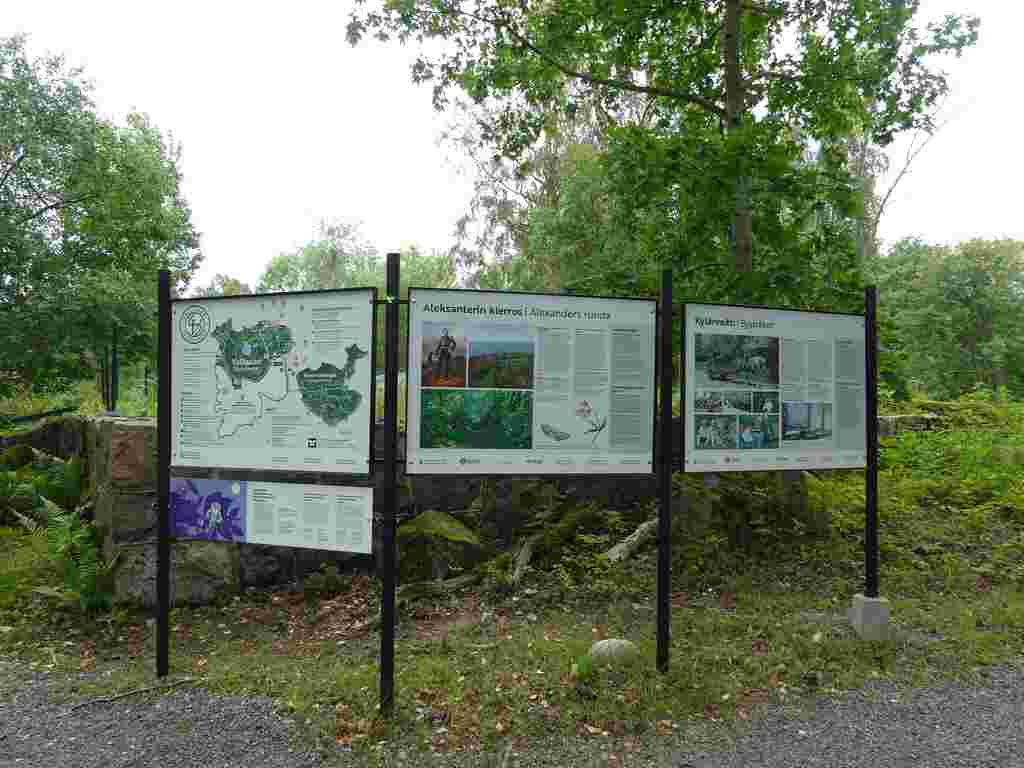
The Biennial art trail follows the Alexander 3 km marked route around the island with the ferry picking passengers up from the Torpedo boat harbour at the other side. Along the route we came across numerous information boards detailing former gunpowder and munitions stores, making our visit even more enjoyable with the art installations to look out for as well.
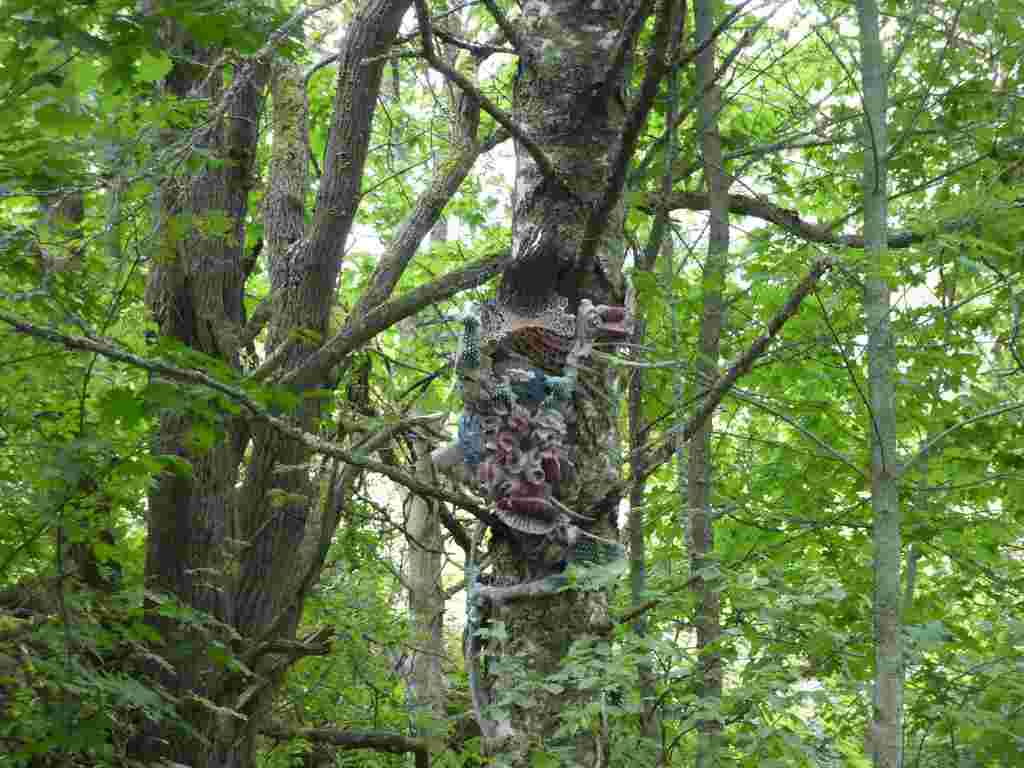
The Biennial includes works by 29 artists and artist collectives both locally from Finland and further afield. Some of the art work is located in tunnel like chambers within the fortifications whilst others can be found up trees, on hillsides and on the seashore. Of particular interest were exhibits of smoke rising from a tranquil pond and conversational scarecrow characters positioned at various points along the trail.
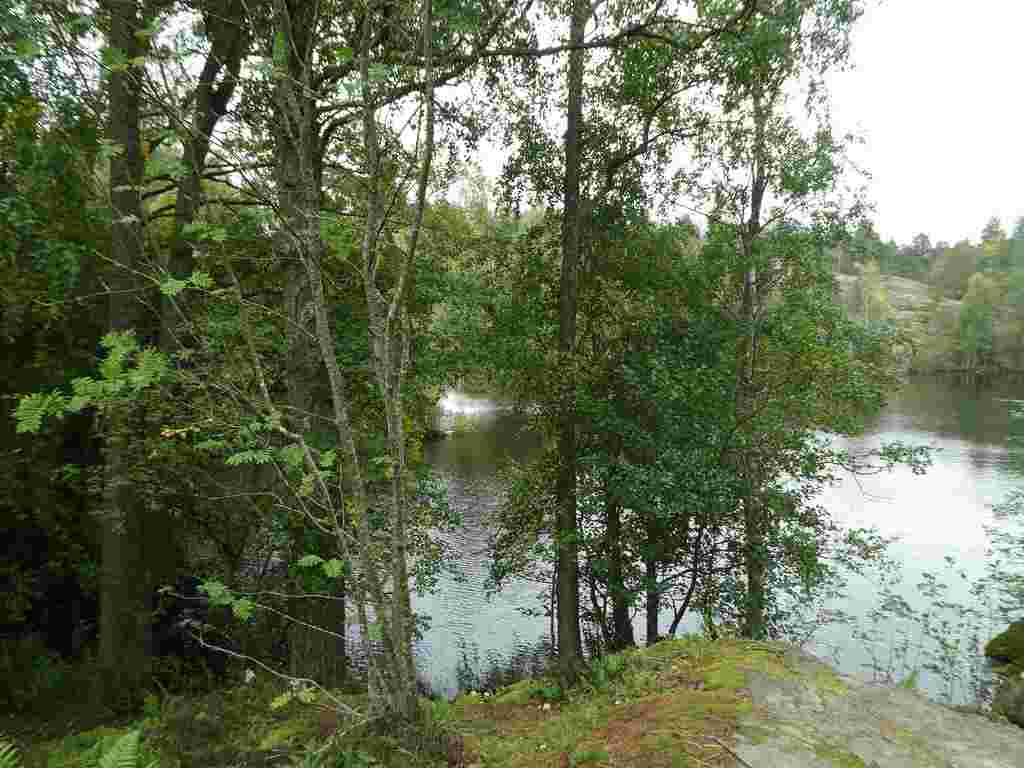
There are several cafes on the island with the largest one being by the return ferry pier. In peak season boats operate a frequent service but if you just miss one, as we did then you can relax with a cup of coffee until the next boat arrives.
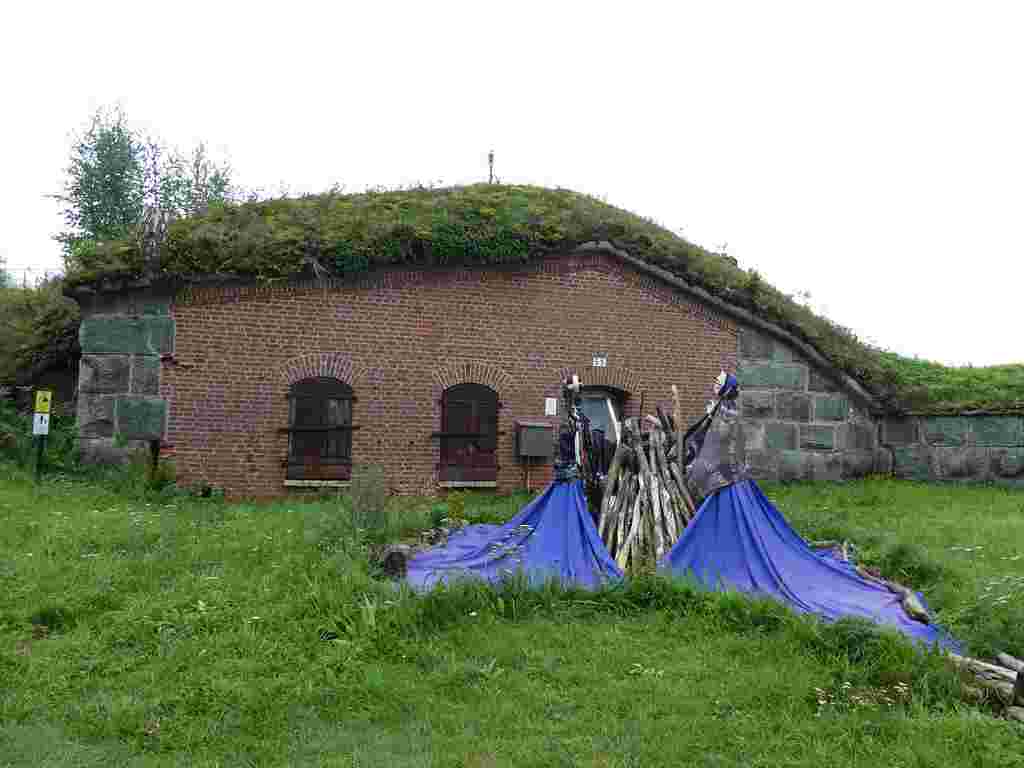
On our return ferry we were accompanied by a group of primary school children who seemed to have enjoyed their outing as much as we did. It was a pity that we had chosen to visit on quite an overcast day as the remainder of the week was very sunny.
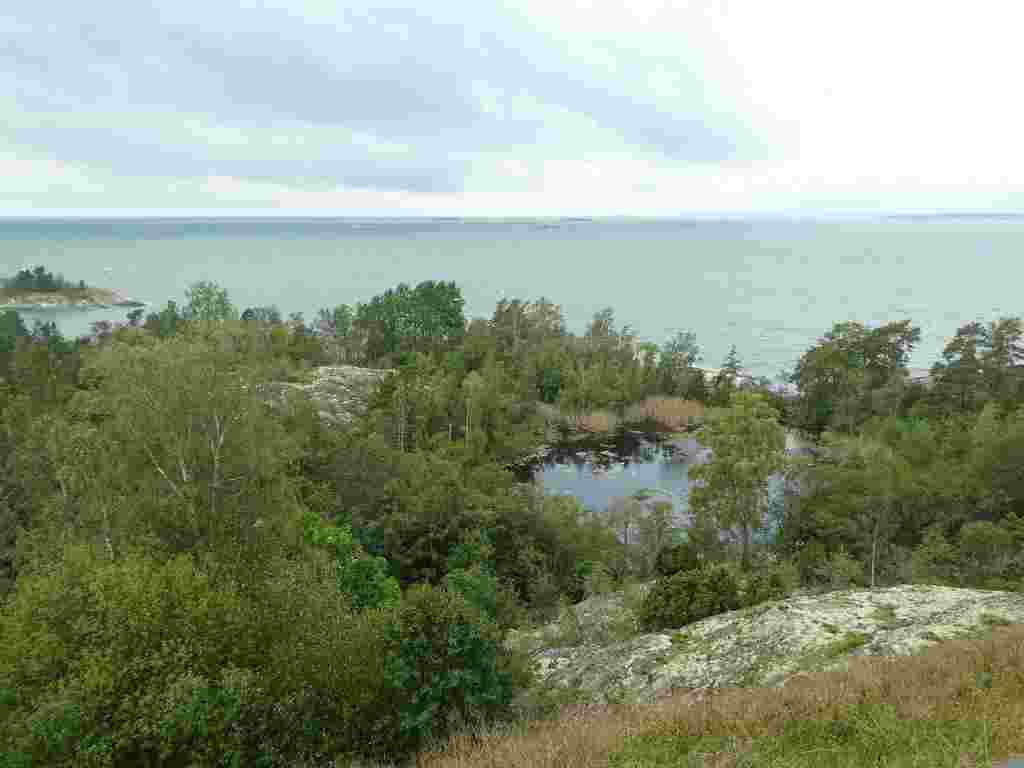
The 2023 Biennial will have ended by the time you read this but you can take a boat trip to Vallisaari throughout the year and if you are interested in modern art, then the Helsinki Art Museum at Kamppi is also open.

The next Biennial is planned to take place on the island between June and September 2025.
If you have enjoyed this post you may also like:
Making the most of the Helsinki Card
A Guide to Helsinki’s Best Seaside Cafes
During our visit we were guests of Visit Helsinki and as always, all views and opinions are entirely my own.
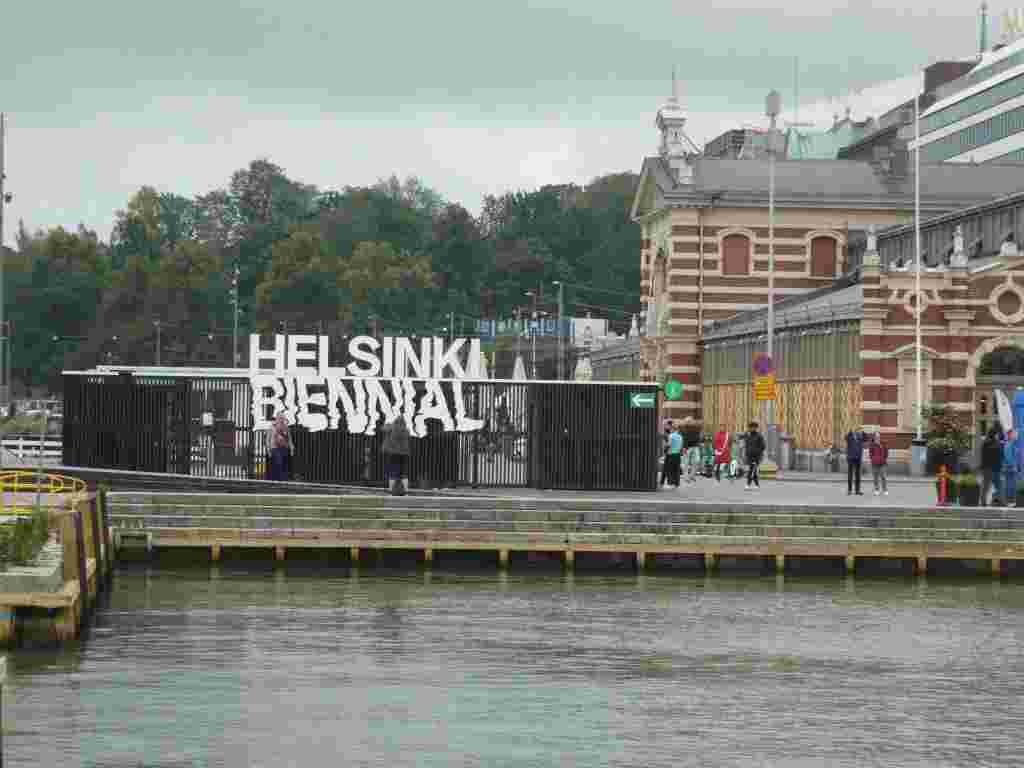

Leave a comment